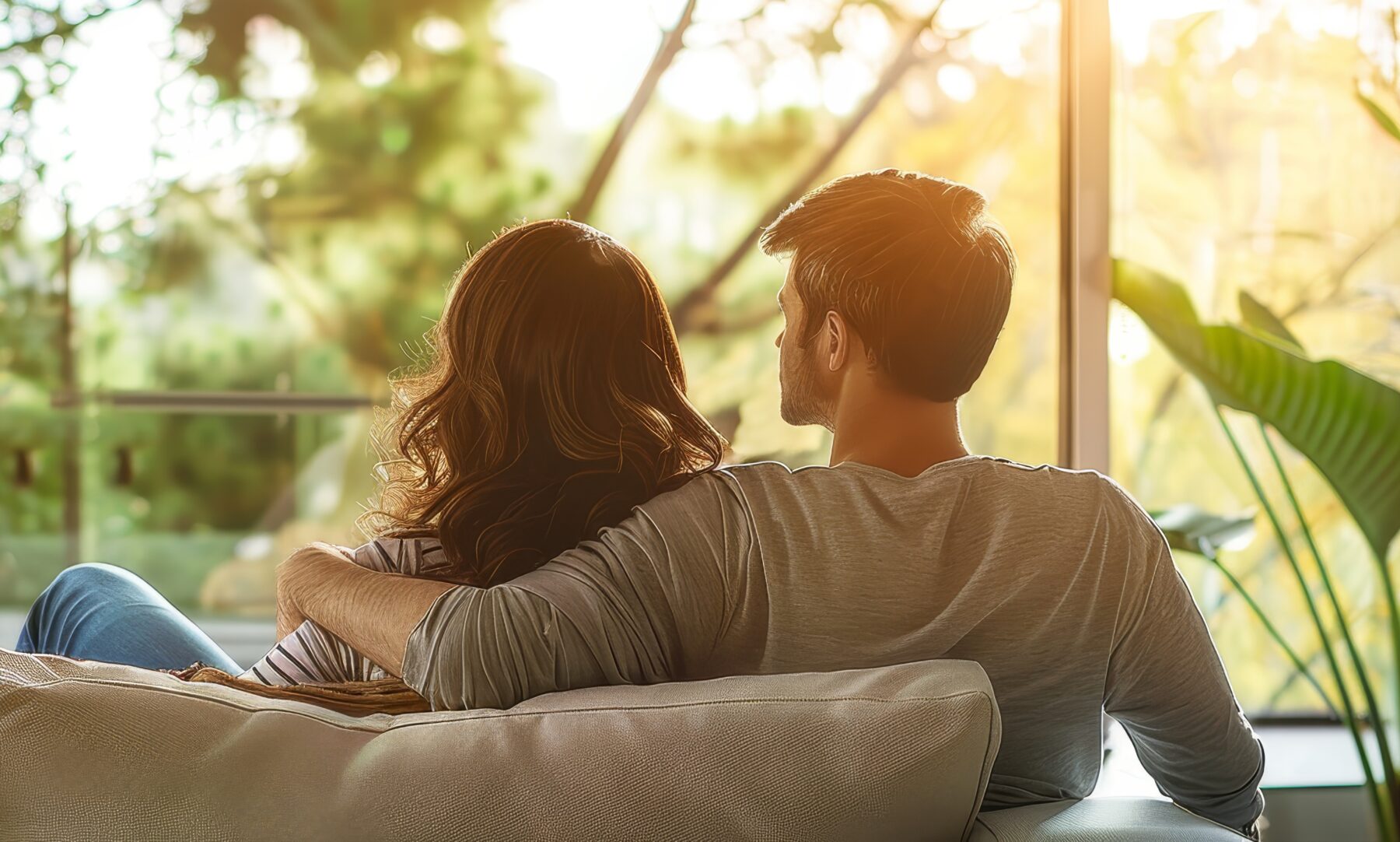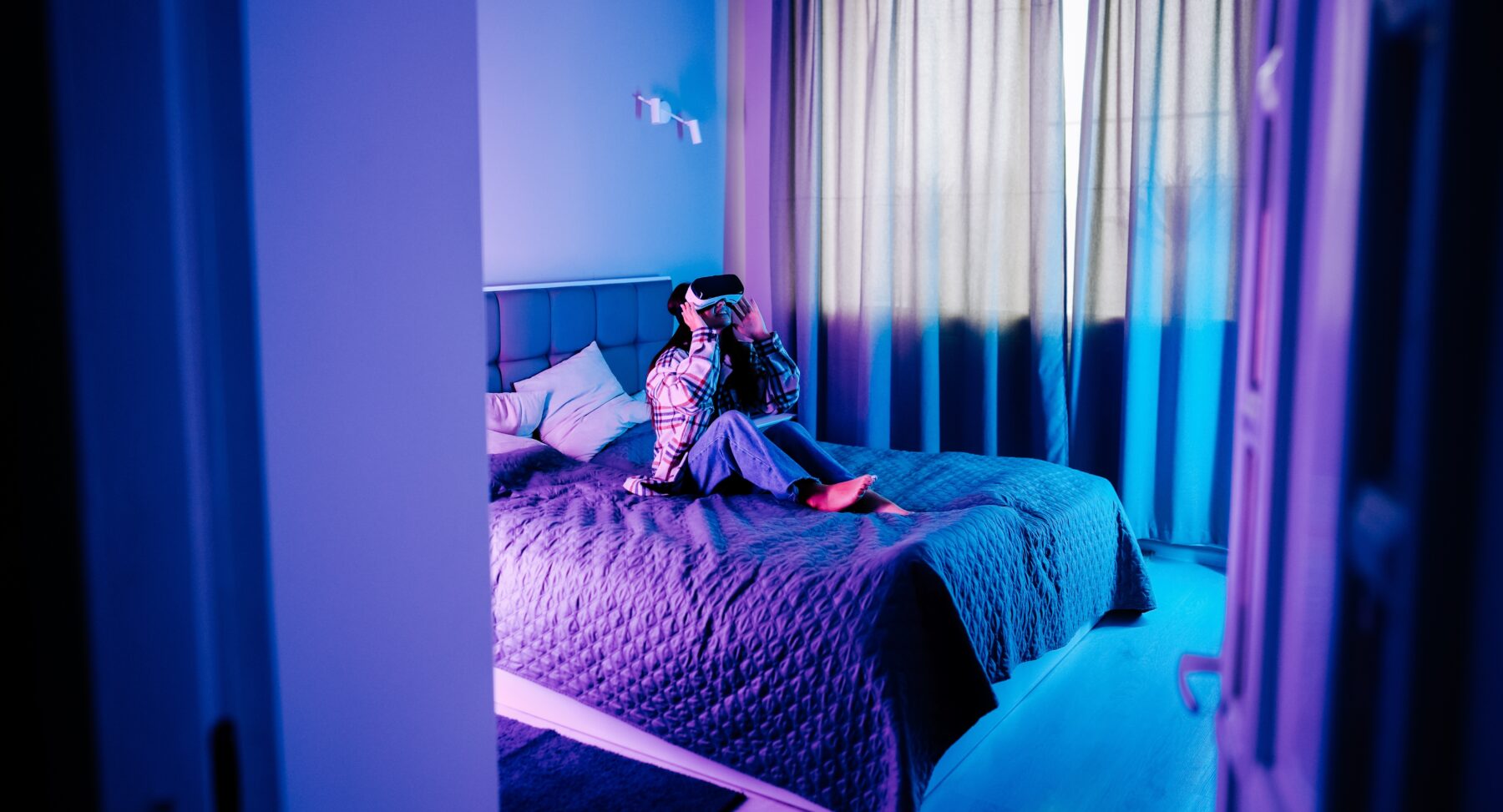Design for Restful Living
Rest is being redefined, along with our expectations of health and wellbeing in daily life. This article explores how consumer brands can transcend functional solutions to create meaningful experiences of recovery and balance.
How do you relax and enjoy a good night’s sleep?
It sounds like a simple question. You lie down onto a comfortable mattress, close your eyes, and quietly drift off into a peaceful dream. In practice, though, sleep is anything but simple. Research shows that millions of people around the world experience insomnia, sleep apnoea, and other sleep disturbances every day. People are tired.
As workloads grow, digital overstimulation intensifies and self-imposed expectations escalate, the desire for quality rest is rising, along with consumer demand. Consumer brands are rapidly moving into this multi-billion-dollar market, eager to offer solutions.
Yet, despite rest and sleep being a highly intimate personal experience that varies across cultures, most design responses remain unbelievably homogenous. The most common approach, for example, is a single wearable “black box” device to track sleep duration, analyse rest quality, and offer feedback to help improve sleeping habits.
While these data-led tools have value, their effectiveness can be limited. They often fail to interact with the actual act of sleep itself and fail to offer much in terms of meaningful interpretation of the data they collect. In some cases, they may even make things worse. An increasing number of people are experiencing orthosomnia, stress brought on by obsessing over sleep data, which ironically undermines the rest they are trying to achieve.
So, how might consumer brands move beyond the metrics and data to provide more meaningful support for sleep and relaxation? While there is no single answer, we believe there are three key shifts that can unlock new possibilities: moving past one-size-fits-all thinking, breaking down silos, and redefining what rest can mean.
 Rethinking one-size-fits-all solutions
Rethinking one-size-fits-all solutions
There is growing recognition that good rest is not the job of one single product. People increasingly expect their entire home environment to support relaxation, with tools and settings working together across time and space.
Inspired by trends like home retreats, medspas, and even sleep divorce, consumers are curating their surroundings and living spaces to support deeper relaxation. Their goals are more nuanced too, seeking “serenity”, “tranquillity”, or simply “idleness”, to help curate products, environments and multi-sensory experiences.
Imagine an evening thoughtfully designed for “unwinding”. At 8 p.m., you start in the living room with vagus nerve stimulation using devices like Nurosym, to calm your parasympathetic nervous system. By 9 p.m., you transition to the bathroom for a hydromassage in Noken’s wellness sensation bathtub, a med-spa moment to ease muscular tension and clear the mind. At 10 p.m., you retreat to a biophilic bedroom, where temperature, humidity, and lighting are perfectly calibrated by Google Nest and Philips SmartSleep and paired with nature-inspired soundscapes that lure you into the restful sleep, undisturbed.
Of course, few of us will follow this exact routine in a single evening. However, what the routine illustrates is a more layered, intentional approach to rest, one that encompasses the full spectrum of physical and sensory wellbeing.
 Beyond the siloes
Beyond the siloes
The human body is a complex, interconnected system and people increasingly understand that improving rest and sleep requires more than isolated interventions.
Nutrition is one example. A balanced diet is widely seen as foundational to better sleep. Platforms like ZOE claim to support people to get better sleep by re-balancing internal nutritional gaps through personalised, science-based dietary packages. More progressive solutions, such as AeBeZe, are exploring a pioneering approach, using digital nutrition prescriptions to influence mood and rest.
The beauty industry, too, is stepping in. Brands like This Works are blending skincare with sleep science. Products like the Deep Sleep Body Cocoon aim to ease tension on the biological level while integrating seamlessly into people’s evening beauty regimen.
Elsewhere, creative and sensory-based approaches, such as art-based wellness practices, are gaining popularity. They resonate with the younger generation of health seekers who seek better rest and sleep through a more emotionally engaged experience.
 Redefining rest
Redefining rest
Does rest always have to be calming?
At first glance, it seems obvious, but when we take a moment to consider and ask what people actually want from rest, the answer is not always quietness nor stillness. Rest can also be about energy restoration, emotional release, and a reset of mood or spirit through joy, surprise or pleasure.
This perspective opens fresh opportunities for design and innovation. The TESAMMANS collection by IKEA and Raw Color, for example, infuses vibrancy and character into everyday objects, helping people reconnect with playfulness to trigger ‘sleep-inducing hormone’ dopamine release and promote better sleep. More speculatively, we could also imagine a world where rest is not silent or still, but where people immerse themselves in virtual experiences to release, recharge, and reconnect in meaningful ways.
Conclusion
To make the most of the opportunity in this area of wellbeing, consumer brands must think beyond their existing portfolio. That means tuning into emerging cultural signals, embracing the plurality in how people experience rest and sleep, and applying the principles of human-centred design to develop solutions that address people’s deeper motivations and unmet needs. Ultimately, rest, sleep, and relaxation are not just a design challenge about comfort, they are opportunities to bring meaning to a significant part of our lives we often overlook.
At PDD, we work across healthcare and consumer sectors to explore how people can live healthier lives at home. From prevention and diagnosis to treatment and everyday care, we apply Human-centred methodologies to design products and experiences to improve people’s lives. If you would like to know how PDD can help your brand explore the opportunities in this growing area, please get in touch.




